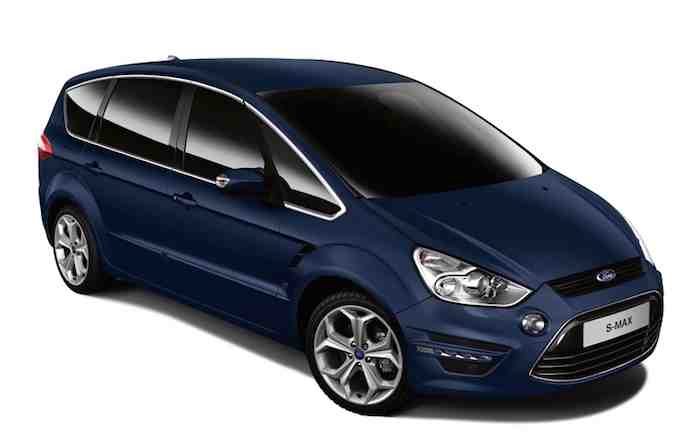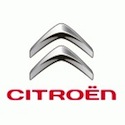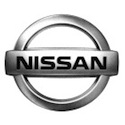Higher C02 Cars Face New Purchase Tax
Consumers of large-engine cars could meet a new purchase tax of a maximum of £23,000. The suggestion for the new tax was announced as the Treasury tries to come up with the best ways to swap Vehicle Excise Duty (VED) and take action against rising fuel efficiency among vehicles.
Higher Tax on Purchasing but No VED
Purchasers of small cars may also see a rise in tax of more than £1,500, but the yearly VED costs will be demolished. Under the anticipated new rules that are being endorsed by the Liberal Democrats, buyers of small efficient vehicles will receive up to £750 through a government subsidy. Tim Leunig, a recently appointed special advisor to the government, put the new plan together.

Car Tax banding pictured above.
Incentivise Low C02 Vehicle Production
The plan works by commanding a new purchase tax on all cars with engines that emit large amounts of CO2 and other pollutants. Money raised through the new tax will be used to finance the price of the cars that are of the highest efficiency. This would in turn create a strong incentive for automakers to manufacture more efficient cars and for the public to purchase them, says Mr Leunig. He estimates a more efficient car could lower the use of fuel by around 450 gallons over the car’s lifetime, saving drivers around £2,700. Cars that emit more pollutants would have high tariffs, with some vehicles, such as the Aston Martin, facing a new sales tax of £23,050.
Luxury Cars will be hit
Close to 150 luxury cars will have to pay a one-time registration fee of more than £10,000 should the new tax be implemented. Cheaper cars could also face new tariffs under the policy. For example, a 1.25 Ford Fiesta that runs on petrol has a purchase price of £9,084, but this could rise to £10,734. On the flip side, the same model that runs on diesel would turn out to be cheaper.
What about Family Cars?
Vehicles that have relatively similar purchase prices today could greatly differ, suggests Mr Leunig. An example of this is the people-carriers manufactured by Ford and Chrysler. These are the Ford Grand S-Max, C-Max or Galaxy Vs the Chrysler Grand Voyager.

Ford S Max pictured above.
With the new plan in place, the Ford would end up being £3,950 cheaper than the Chrysler, as it has much lower emissions. Cars that are more efficient save motorists money and help to reduce global warming, adds Leunig.
Taxing the Eco Cars isn’t fair!
Earlier in the year, the Daily Telegraph reported that government officials had been in talks with the car industry about repairing the VED rules. The talks came about as ministers tried to stop a tax revenue decrease as a result of motorists buying smaller, more efficient cars with lower duty rates.
The Coalition was accused by Labour of punishing drivers for going green by planning a secret tax. Currently, yearly VED charges earn the Treasury nearly £6 billion per year, but predictions show that this revenue will drop as more drivers choose to purchase low-emission cars. Drivers of eco cars pay lower VED rates, which is an incentive to go green.

 Audi 7-Seater
Audi 7-Seater BMW 7‐Seaters
BMW 7‐Seaters Chevrolet MPVs
Chevrolet MPVs Chrysler MPVs
Chrysler MPVs Citroen MPVs
Citroen MPVs Fiat 7-Seaters
Fiat 7-Seaters Ford 7-Seaters
Ford 7-Seaters Honda MPVs
Honda MPVs Hyundai MPVs
Hyundai MPVs Jeep 7-Seaters
Jeep 7-Seaters Kia 7-Seaters
Kia 7-Seaters Land Rover
Land Rover Mazda MPVs
Mazda MPVs Mercedes MPVs
Mercedes MPVs Mitsubishi
Mitsubishi Nissan
Nissan  Peugeot
Peugeot  Renault
Renault  SEAT 7‐Seaters
SEAT 7‐Seaters Ssangyong
Ssangyong  Toyota
Toyota  Vauxhall MPVs
Vauxhall MPVs Volkswagen
Volkswagen Volvo MPV
Volvo MPV All Manufacturers
All Manufacturers